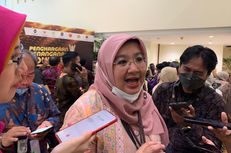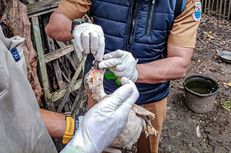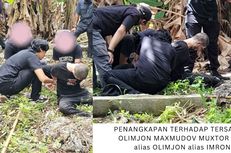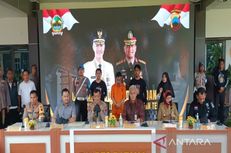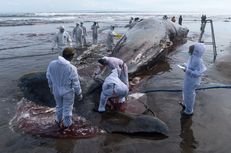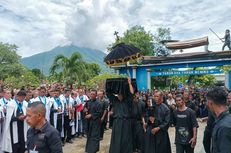Rare Corpse Flower Blooms at Indonesia's Bogor Botanical Gardens
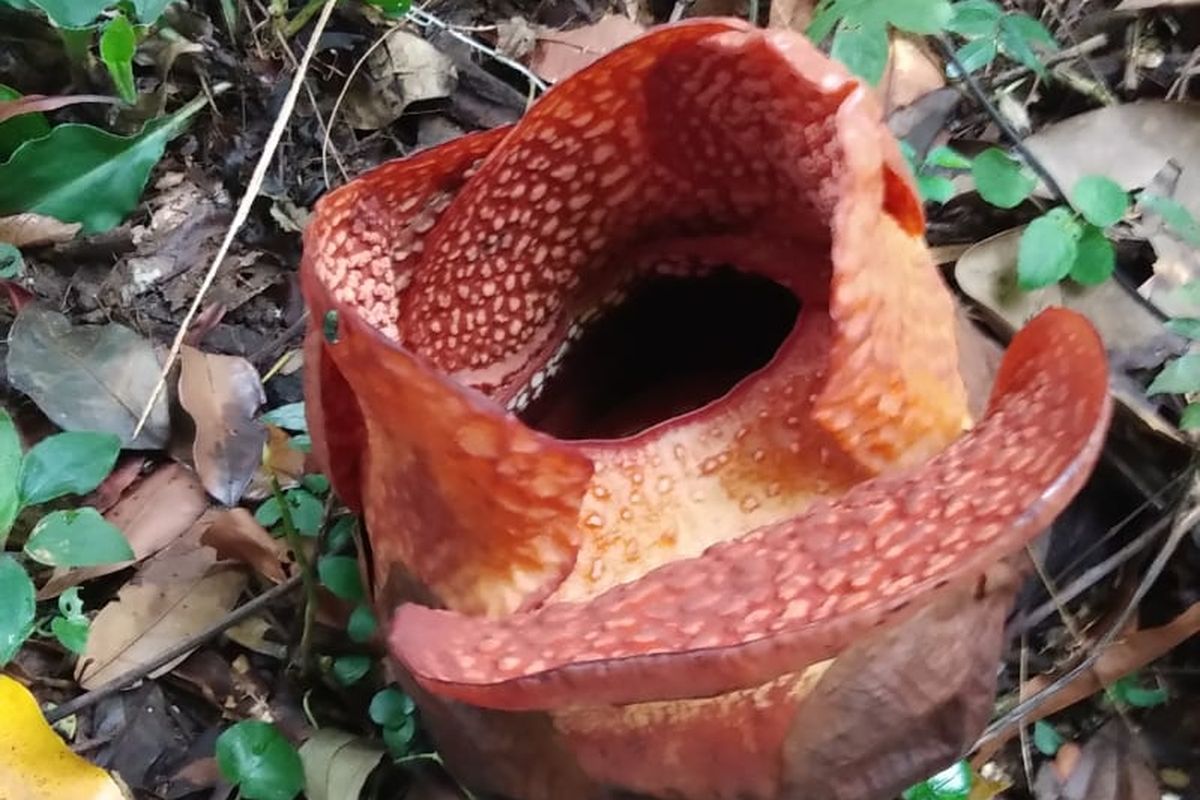
JAKARTA, KOMPAS.com - Corpse flower Rafflesia arnoldii R. Br., also known as the giant lotus, bloomed at the Bogor Botanical Gardens in West Java, for the first time outside its natural habitat on Sumatra Island.
"Although the diameter is no more than 60 cm, this species is certainly Rafflesia arnoldii R. Br.," Researcher and Curator of the Rafflesia collection at the Bogor Botanical Gardens, Sofi Mursidawati, said in a statement on Wednesday, Sept. 14.
Mursidawati stated that the ex-situ propagation of the rare flower has been conducted since being found in 1818 in the Sumatran forest.
In 2006, Rafflesia researchers at the Bogor Botanical Gardens cultivated Rafflesia's seed from Bengkulu in garden XVII, an area of climber plant collection, including seven 'tetrastigma' species, Rafflesia’s host plants.
Mursidawati said, after 16 years, in early September 2022, several flower knobs appeared, one of which bloomed on September 12, 2022.
Also read: Two Rare Rafflesia Flowers in Bloom At A Forest in Bengkulu, Indonesia
Rafflesia Arnoldii was designated as a national rare flower based on Presidential Decree No. 4/1993.
The gigantic flower is on the IUCN Red List of threatened species and is included in the list of protected plants based on Government Regulation No. 4/1999.
It is a species of flowering plant in the parasitic genus Rafflesia, known for its largest individual flower that produces a strong and unpleasant odor of decaying flesh.
Rafflesia arnoldii R. Br. was first discovered in 1818 in the Sumatran forest by a guide, who worked for a British surgeon Dr. Joseph Arnold during an expedition run by Thomas Stanford Raffles, a British, who served as Lieutenant-Governor of Bencoolen, now Bengkulu, between 1818 and 1824.
The plant was named after its discoverers, the merger between Raffles and Arnold.
There are 33 species of Rafflesia in the world, and 14 of them grow in Indonesia, of which 11 species are endemic to Sumatra.
The Bogor Botanical Gardens had earlier succeeded in growing Rafflesia patma Bl., another parasitic plant species of the Rafflesia genus.
The flower has bloomed 16 times in the garden after its first blooming in 2010.
Source: State News Antara
Simak breaking news dan berita pilihan kami langsung di ponselmu. Pilih saluran andalanmu akses berita Kompas.com WhatsApp Channel : https://www.whatsapp.com/channel/0029VaFPbedBPzjZrk13HO3D. Pastikan kamu sudah install aplikasi WhatsApp ya.





